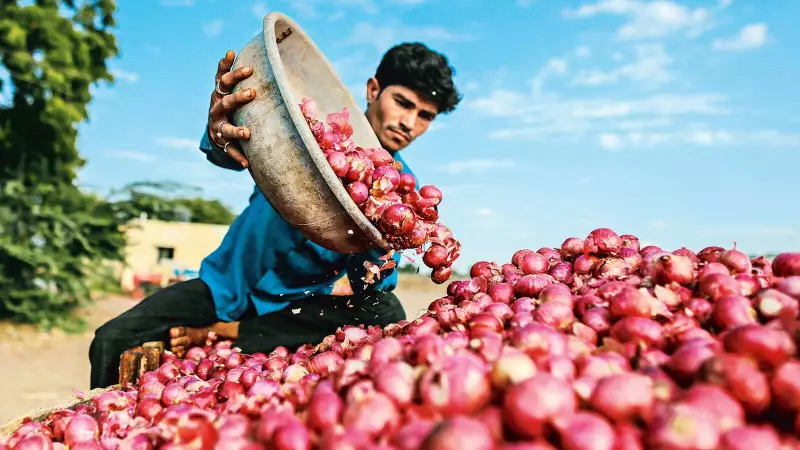
In a significant move to bolster farmer welfare, the Central government is crafting an ambitious plan to prevent distress sales and protect minimum support price (MSP) mechanisms during price drops. This strategic intervention aims to provide a robust safety net for agricultural communities across India.
Comprehensive Protection Framework
The new initiative focuses on creating multiple layers of protection for farmers facing market volatility. Government sources reveal that the plan involves strengthening procurement systems and introducing innovative market intervention mechanisms to ensure farmers receive fair prices for their produce even during surplus seasons.
Tackling Price Drop Challenges
With agricultural markets experiencing frequent price fluctuations, the government's strategy addresses the critical gap between announced MSPs and actual market realization. The plan includes:
- Enhanced procurement infrastructure in key agricultural zones
- Real-time price monitoring systems
- Rapid response mechanisms for price collapse situations
- Integration with existing farmer welfare schemes
Economic Impact and Implementation
This proactive approach marks a paradigm shift from reactive measures to preventive strategies in agricultural economics. By addressing the root causes of distress sales, the government aims to stabilize farm incomes and ensure sustainable agricultural practices.
The timing is crucial as farmers across various states have been reporting challenges in realizing MSP benefits despite government announcements. This new framework promises to bridge that implementation gap through coordinated efforts between central and state agencies.
Future Roadmap
While specific implementation details are being finalized, insiders suggest the plan will leverage technology and data analytics to predict price trends and trigger interventions before distress situations emerge. This forward-looking approach could revolutionize how India manages agricultural price stability.





